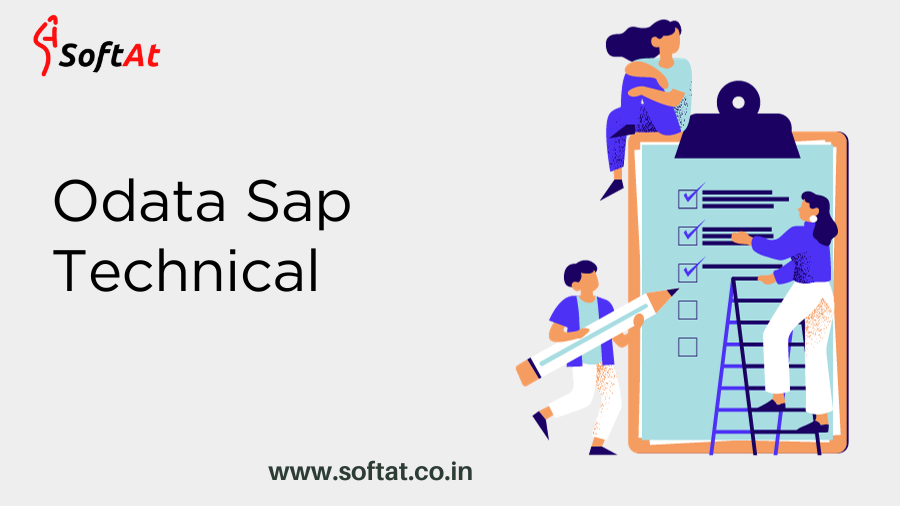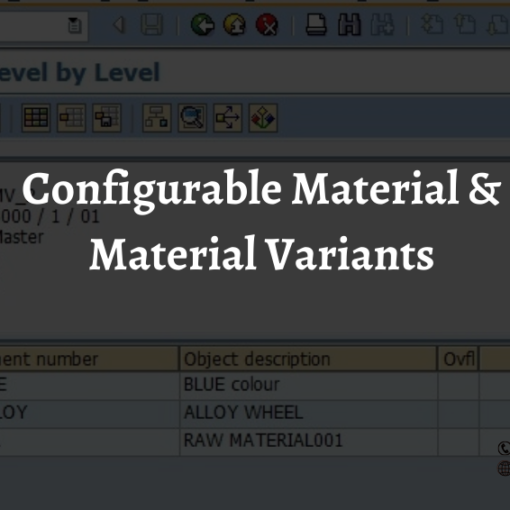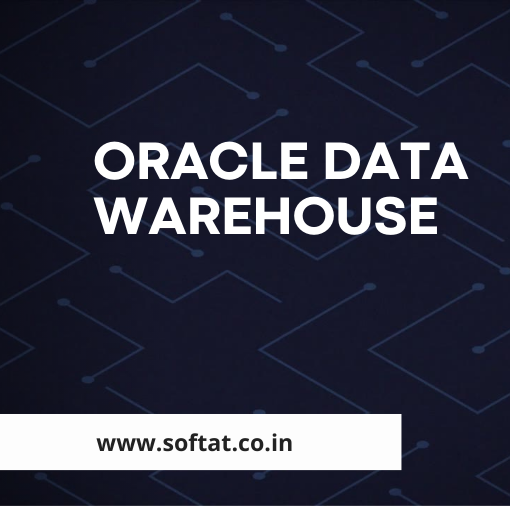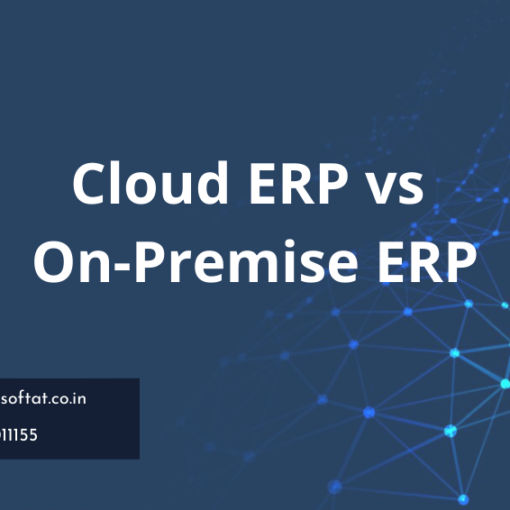Introduction
In the intricate realm of SAP technical development, where OData serves as a powerful tool for efficient data exchange and integration, this article dives into the evolution, features, benefits, and future trends of OData in the SAP context. It sheds light on the pivotal role of OData in SAP Technical in streamlining data communication.
Evolution of OData in SAP Technical
OData has undergone a transformative journey within the SAP landscape. From its early stages to the present day, key milestones and updates have shaped OData into a vital component for seamless data communication and integration within SAP systems.
Key Features of OData in SAP Technical
At the core of OData in SAP are features designed to facilitate data exchange. Offering a comprehensive set of tools, OData simplifies the integration process, allowing SAP developers to connect various SAP modules and external systems effortlessly.
Benefits for SAP Developers
Implementing OData in SAP leads to tangible benefits for developers. The streamlined data communication process contributes to increased operational efficiency, while the simplified integration with various SAP modules enhances the overall development workflow.
Customization and Configuration
Flexibility is a hallmark of OData in SAP, allowing developers to tailor data exchange processes to meet specific business needs. Whether it’s configuring data models or adapting communication protocols, OData provides customization options that align with diverse SAP project requirements.
Challenges and Solutions
While utilizing OData in SAP, developers may encounter challenges such as data compatibility issues or performance bottlenecks. However, these challenges can be mitigated through careful planning, optimization, and leveraging the expertise of experienced SAP developers.
Best Practices for OData Implementation
Optimizing OData implementation involves following best practices in SAP development. From ensuring adherence to coding standards to conducting thorough testing, adopting established guidelines enhances the efficiency and effectiveness of data exchange processes.
Case Studies
Real-world case studies provide insights into the transformative power of OData in SAP projects. Developers and businesses showcase how the platform has revolutionized their data communication practices, leading to improved efficiency, reduced development time, and overall success.
Future Trends in SAP Development
Looking ahead, OData is poised to embrace emerging technologies within the SAP ecosystem. Predictions indicate a future where OData will play a pivotal role in supporting advanced analytics, AI-driven applications, and the seamless integration of diverse data sources.
Training and Skill Development
The success of OData implementation relies on the proficiency of its users. Investing in training programs and resources ensures that SAP developers are well-equipped with the skills needed to leverage the full potential of OData, driving organizational success.
Community and Support
Engaging with the OData community within the SAP ecosystem provides valuable insights and support. Forums, discussions, and official support channels offer assistance, ensuring timely issue resolution and fostering a collaborative environment for sharing best practices.
Comparisons with Other SAP Integration Technologies
Contrasting OData with other SAP integration technologies highlights its unique advantages. From its simplicity and ease of use to its compatibility with various SAP modules, OData stands out as a comprehensive solution for data exchange and integration.
Success Stories
SAP developers or businesses that have embraced OData share their success stories. These narratives highlight tangible impacts on data integration practices and overall business success, emphasizing the transformative role OData plays in elevating SAP development.
Integration with Cloud Services
In the era of cloud computing, OData’s compatibility with cloud technologies is a key consideration. Developers can leverage the scalability and accessibility of the cloud, further enhancing the benefits of OData for SAP development processes.
Conclusion
In conclusion, OData emerges as a game-changer in the SAP technical landscape, offering a streamlined approach to data exchange and integration. Its evolution, features, and benefits make it a compelling choice for SAP developers aiming to enhance the efficiency of their development processes. As we look to the future, the continued growth of OData promises exciting possibilities for developers and businesses within the SAP ecosystem.
FAQs
- Is OData only used within the SAP ecosystem?
- While OData is commonly used within SAP, it is an open standard protocol that can be implemented across various systems, promoting interoperability.
- Can OData handle real-time data integration in SAP?
- Yes, OData is designed to handle real-time data integration, providing developers with the capability to exchange and access data in real-time.
- What security measures are in place for OData in SAP?
- OData in SAP follows robust security protocols, including authentication and authorization mechanisms, ensuring the secure exchange of data.
- Is OData suitable for large-scale SAP projects?
- Yes, OData is scalable and suitable for large-scale SAP projects, offering flexibility and efficiency in handling diverse data communication requirements.
- How can developers stay updated on OData trends and updates?
- Staying engaged with the OData community, attending conferences, and leveraging online resources provided by SAP are excellent ways for developers to stay updated on OData trends and updates.
You may be interested in:





